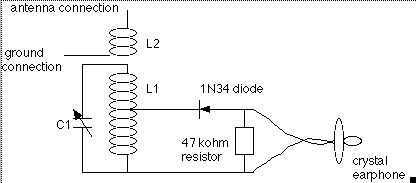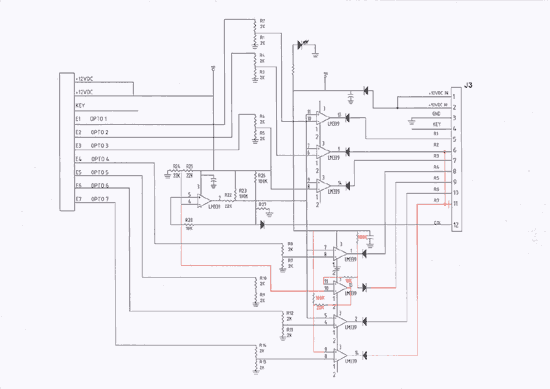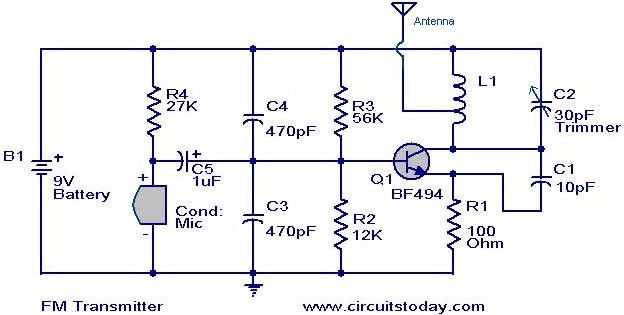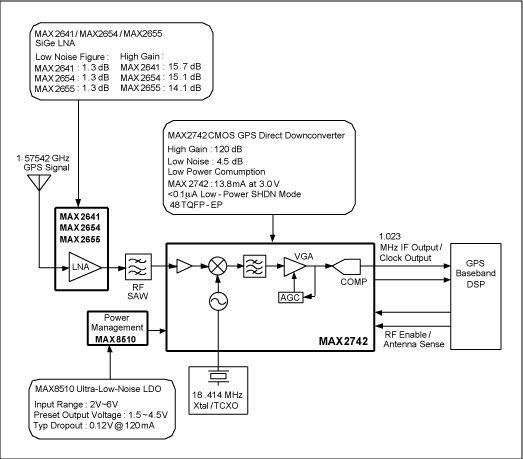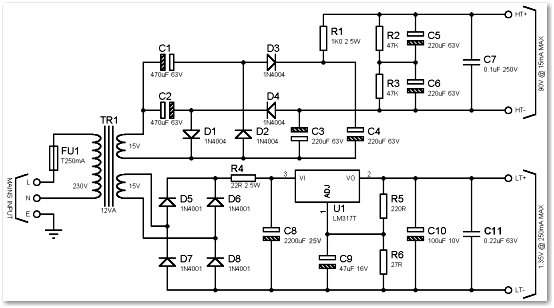
FM radio receiver

The circuit enables FM radio reception frequency adjustment by modifying the inductance value (L) of the coil (La) through stretching or compressing it, allowing for easy alteration of the transmission frequency to avoid interference with FM radio signals. The transmitted signal is coupled to the antenna via capacitor C4, facilitating signal emission.
The described circuit employs a variable inductor, which is crucial for fine-tuning the transmission frequency within the FM band. The inductance (L) can be adjusted mechanically or electronically, depending on the design of the coil (La). This adjustment allows the user to shift the frequency of the transmitted signal, ensuring it remains clear of existing FM radio frequencies, thus preventing interference.
The coupling of the transmitted signal to the antenna is achieved through capacitor C4. This capacitor serves multiple purposes: it blocks any DC component of the signal, allowing only the AC signal to pass through, and it also helps in impedance matching between the transmitter circuit and the antenna. Proper impedance matching is essential for maximizing power transfer and ensuring efficient radiation of the transmitted signal.
In a practical implementation, the circuit may include additional components such as resistors and diodes for signal conditioning, as well as a power supply circuit to provide the necessary voltage and current levels for operation. The design might also incorporate feedback mechanisms to stabilize the output frequency against variations caused by temperature changes or component aging.
This circuit configuration is commonly found in low-power FM transmitters, where the flexibility to adjust the transmission frequency is vital for compliance with regulatory standards and to avoid interference with licensed FM broadcasters. Careful attention to component selection and layout is essential to minimize unwanted noise and ensure a clean transmission.Covering FM radio reception frequency, by adjusting the L value (La stretch or compression coil L) can easily change the transmission frequency to avoid the FM radio. Transmit signal coupled to the antenna through C4 to launch out. 🔗 External reference
The described circuit employs a variable inductor, which is crucial for fine-tuning the transmission frequency within the FM band. The inductance (L) can be adjusted mechanically or electronically, depending on the design of the coil (La). This adjustment allows the user to shift the frequency of the transmitted signal, ensuring it remains clear of existing FM radio frequencies, thus preventing interference.
The coupling of the transmitted signal to the antenna is achieved through capacitor C4. This capacitor serves multiple purposes: it blocks any DC component of the signal, allowing only the AC signal to pass through, and it also helps in impedance matching between the transmitter circuit and the antenna. Proper impedance matching is essential for maximizing power transfer and ensuring efficient radiation of the transmitted signal.
In a practical implementation, the circuit may include additional components such as resistors and diodes for signal conditioning, as well as a power supply circuit to provide the necessary voltage and current levels for operation. The design might also incorporate feedback mechanisms to stabilize the output frequency against variations caused by temperature changes or component aging.
This circuit configuration is commonly found in low-power FM transmitters, where the flexibility to adjust the transmission frequency is vital for compliance with regulatory standards and to avoid interference with licensed FM broadcasters. Careful attention to component selection and layout is essential to minimize unwanted noise and ensure a clean transmission.Covering FM radio reception frequency, by adjusting the L value (La stretch or compression coil L) can easily change the transmission frequency to avoid the FM radio. Transmit signal coupled to the antenna through C4 to launch out. 🔗 External reference
